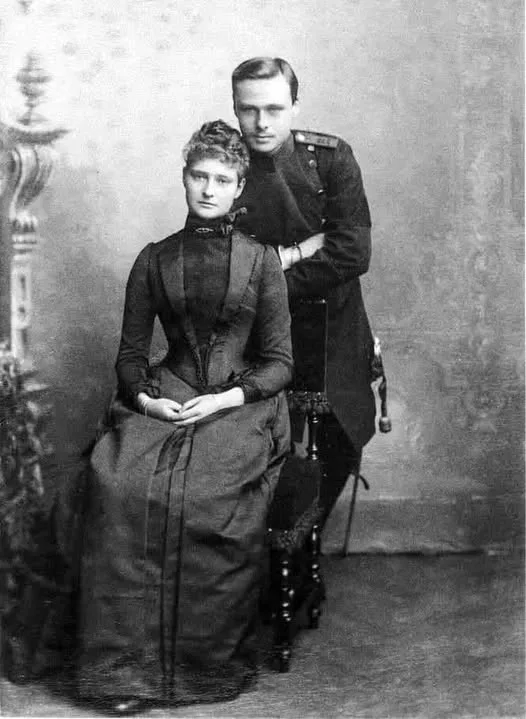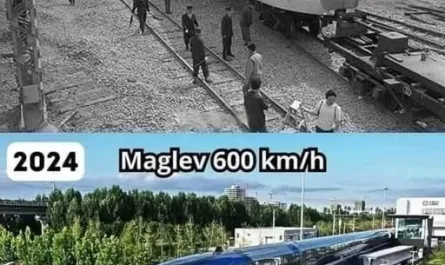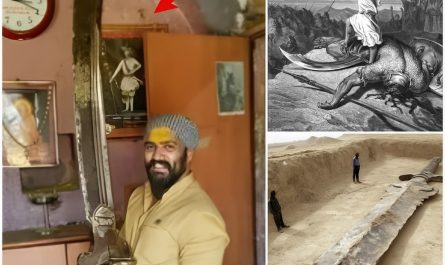In the heart of the Arizona desert—where the wind carries whispers of the past and the horizon burns gold at dusk—there lingers a story that has outlived the town that birthed it. It’s a tale of devotion, of hope that refused to die, and of two people whose love endured far beyond the limits of time and tragedy.
It begins in Tombstone, 1882, at a moment when the silver boom was fading, saloons hummed restlessly through the night, and dusty trails connected lives the way telegraphs never could.

The Departure
Emily Patterson was known among the townsfolk as a gentle woman with a quiet charm—soft-spoken, steadfast, and as rooted to Tombstone as the cottonwoods along the creek. She lived in a modest house at the edge of town, where the desert opened wide and the sky stretched endlessly overhead.
On a warm June morning, Emily stood on her porch as her fiancé, James Whitlock, tightened the straps on his saddle. He was riding east with a freight convoy, hauling goods toward New Mexico before returning with supplies Tombstone desperately needed. The trip was routine, something he had done many times.
Before he mounted his horse, he leaned in, kissed her forehead, and said the words she carried for the rest of her life:
“Six weeks. Wear that blue dress I love when I ride back.”
Emily smiled, touching the sleeve of the dress she had sewn herself. She watched him ride away, dust rising under hoofbeats until he became only a silhouette against the desert sun.
She never saw him again.
The Waiting
At first, Emily waited the way any hopeful woman would.
The first month, she blamed weather.
The second, she blamed delays on the trail.
By the third, she convinced herself the mail routes were slow.
But as the months turned into a year, whispers began in town. Some said the convoy had been ambushed. Others swore James had run off. A few suggested she should move on.
She didn’t argue. She simply lit a lantern in her front window at dusk, just as she had the evening he left. It was James’s lantern—polished brass, with a glass pane he had etched with a tiny star. Emily believed that if he was out there searching for home, that light might guide him through the desert night.
Every sunset, she lit it. Every sunrise, she blew it out.
Days became seasons. Seasons became years. The little blue dress faded, its fabric thinning, until Emily carefully patched it by hand and wore it only on Sundays—her silent promise to the man she loved.
She tended the garden they had planned together, coaxing stubborn roses from the desert soil, quietly speaking to them as if James might somehow hear her in the petals or the wind.
The Town Moves On, But She Doesn’t
Tombstone changed around her. When the silver mines went dry, the flashy saloons closed, and families drifted to richer towns. Buildings crumbled into sun-bleached husks. Horses left deeper hoofprints than people left footprints.
Yet Emily stayed, living in the same small house, the lantern still glowing by the window each night.
“You’re wasting your life, Emily,” friends told her.
She would only smile softly and answer:
“He promised.”
Those two words silenced every argument.
The Final Years
As time wore on, Emily became a familiar figure in town history—a relic of an older era, the woman who waited. Some pitied her. Some admired her. All respected her unwavering devotion, even when the world around her insisted her hope was foolish.
When she died in 1923, neighbors entered her house to settle her affairs. On her nightstand sat a weathered Bible, its pages fragile from decades of touch. Inside, pressed between the pages like a yellowed flower, was a letter she had written but never sent.
It was addressed to James.
Page after page, she had filled it with stories of the life she lived while waiting for him: nights spent watching sunsets, mornings in the garden, dreams she had, moments she wished he’d been there for, and always—always—her certainty that he would come home.
They believed the story ended there.
The Discovery—Ninety Years Later
Nearly a century passed before fate revealed the truth.
In the 2010s, a rancher clearing land a few miles outside old Tombstone dug through tangled mesquite roots and decades of desert dust. His shovel struck something solid.
It was bone.
A skeleton lay beneath the earth, still wearing rusted spurs. Nearby, a crumbled saddlebag held a scrap of leather-bound paper, miraculously preserved by time and chance.
The ink had faded to brown, but the message remained legible:
“Thrown from horse. Can’t walk.
Tell Emily I tried.
Tell her I loved her.
Tell her I’m sorry.”
The rancher stood silent for a long time, the desert wind carrying sand across the bones of a man who had never made it home—but had spent his final strength trying.
The Truth, Finally Delivered
James never abandoned Emily.
He never ran away.
He never forgot his promise.
They had been only a few miles apart—close enough that the lantern’s glow might have touched the horizon if the land had been just a little flatter, the night a little darker, his strength a little greater.
Emily waited forty years for a man who died trying to return to her.
And though she never learned the truth, history did. Their story—lost in dust and silence—finally surfaced, a century late but unmistakably clear.
A Different Kind of Ending
Some people say the tragedy is that Emily never knew.
But maybe the real story is something else:
That she wasn’t wrong to wait.
That love doesn’t always need an ending to be real.
That two hearts can be connected across miles, decades, and even death itself.
Her lantern burned for forty years.
His message survived a hundred.
And somewhere between hope and heartbreak, Emily and James found the truth that life denied them.
Some love stories aren’t measured by how they end—
but by how fiercely someone believes in them.





